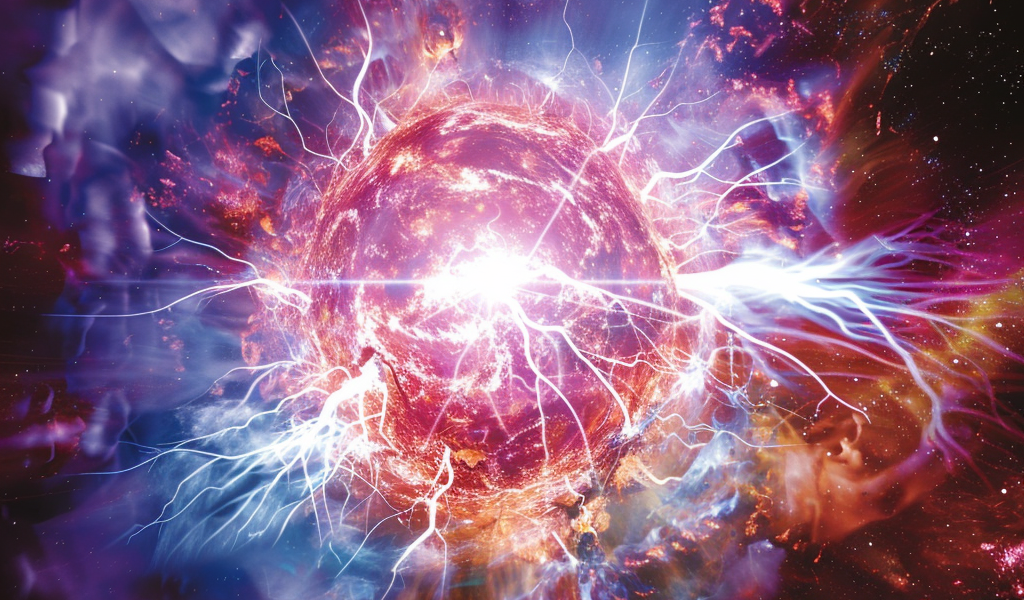Neutron star mergers have provided researchers with a wealth of new physics signals that could potentially shed light on the true nature of dark matter, as per a study conducted by Washington University in St. Louis. The study, led by physicist Bhupal Dev, utilized observations from the 2017 neutron star merger event, known as GW170817, to establish new constraints on axion-like particles.
These axion-like particles, although not directly observed, are considered prime candidates for constituting a portion or the entirety of the elusive dark matter that has perplexed scientists. Additionally, they could potentially act as a link between the known visible sector and the enigmatic dark sector of the universe.
According to Dev, the aftermath of a neutron star merger creates an environment conducive to the production of exotic particles. The intense heat generated during the merger results in the formation of a dense remnant, providing an ideal setting for the generation of new particles. These particles, once produced, can escape the debris of the collision and subsequently decay into familiar particles, such as photons, at a distance from the source.
The findings of this study, published in the Physical Review Letters, hint at the possibility of uncharted physics beyond the standard model, offering a glimmer of hope for unraveling the mysteries surrounding dark matter. Dev, who is also a faculty fellow of the university’s McDonnell Center for the Space Sciences, emphasized the potential presence of new physics on the horizon, underscoring the significance of further exploration and research in this domain.





